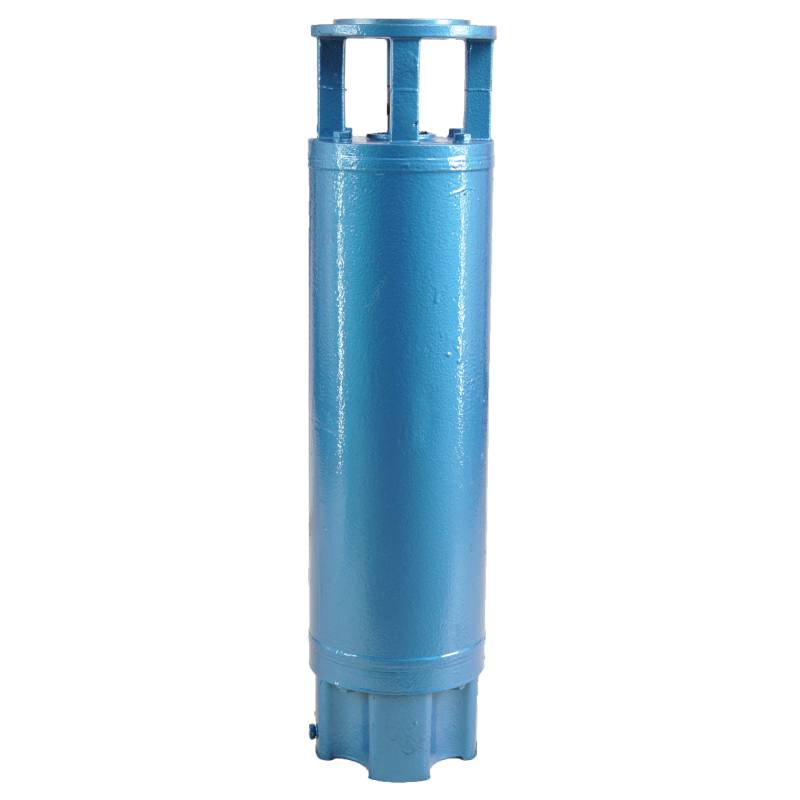Oct . 16, 2024 12:33 Back to list
Common Issues and Solutions for Deep Well Submersible Pumps
Understanding Deep Well Submersible Pump Problems
Deep well submersible pumps are effectively designed to lift water from significant depths, making them essential for various applications, including agricultural irrigation, municipal water systems, and industrial processes. However, like any mechanical equipment, these pumps can face a range of problems that may affect their performance, efficiency, and longevity. Understanding these issues is crucial for effective maintenance and operation.
Common Problems Associated with Deep Well Submersible Pumps
1. Overheating Overheating is a prevalent issue with submersible pumps, often caused by prolonged operation without adequate cooling. This can lead to thermal damage, especially in the motor. Factors such as insufficient water flow, incorrect pump sizing, and operational overload can contribute to overheating. Regular monitoring of the pump’s operating temperature and ensuring adequate water supply can mitigate this risk.
2. Cavitation Cavitation occurs when the pressure in a pump falls below the vapor pressure of the fluid, causing bubbles to form. When these bubbles collapse, they can create shock waves that damage the impeller and other pump components. Cavitation is typically a result of incorrect pump selection or excessive flow rates. To prevent this, it’s crucial to ensure the pump is suitable for the intended application and to maintain appropriate operational parameters.
3. Mechanical Seal Failure Mechanical seals are essential for preventing water leakage into the pump’s motor. However, these seals can wear out over time due to factors such as abrasive particles in the pumped fluid, high operating temperatures, or misalignment of the pump components. Regular inspection and replacement of seals as part of scheduled maintenance can help minimize this problem.
deep well submersible pump problems

4. Electrical Issues Electrical failures can arise from numerous sources, including power surges, inadequate electrical connections, or component failure within the motor controller. Such issues can lead not only to pump failure but also pose safety hazards. Installing proper surge protection devices and ensuring all electrical connections are secure and properly insulated are vital preventive measures.
5. Sand and Sediment Accumulation In wells with high sediment concentrations, sand and debris can enter the pump, leading to abrasion and damage. Additionally, sediment build-up can restrict water flow, reducing the pump’s efficiency. Implementing screens or gravel packs around the wellbore can help minimize this issue, along with periodic maintenance to clear any build-up within the pump.
6. Corrosion Submersible pumps are often installed in harsh environments where they are exposed to corrosive substances. Over time, corrosion can significantly weaken the pump components, leading to leaks and eventual failure. Selecting pumps made from corrosion-resistant materials and adhering to regular maintenance schedules can help extend the lifespan of the equipment.
7. Vibration and Noise Unusual vibrations or noises during operation can indicate misalignment, imbalance, or wear in the pump components. These issues, if left unchecked, can lead to more severe mechanical failures. Conducting routine checks on alignment and balance and listening for abnormal operating sounds can help in early detection of these problems.
Conclusion
While deep well submersible pumps are robust and reliable, they are not immune to problems. Understanding common issues such as overheating, cavitation, seal failure, electrical issues, sediment accumulation, corrosion, and vibration can aid in preventative maintenance and ensure smooth operation. Regular inspection, timely repairs, and proper operational practices are essential to minimize these issues, optimize performance, and extend the service life of deep well submersible pumps. By being proactive, operators can ensure that their pumping systems remain efficient and reliable, contributing to the overall success of their water management applications.
-
Submersible Water Pump: The Efficient 'Power Pioneer' of the Underwater World
NewsJul.01,2025
-
Submersible Pond Pump: The Hidden Guardian of Water Landscape Ecology
NewsJul.01,2025
-
Stainless Well Pump: A Reliable and Durable Pumping Main Force
NewsJul.01,2025
-
Stainless Steel Submersible Pump: An Efficient and Versatile Tool for Underwater Operations
NewsJul.01,2025
-
Deep Well Submersible Pump: An Efficient 'Sucker' of Groundwater Sources
NewsJul.01,2025
-
Deep Water Well Pump: An Efficient 'Sucker' of Groundwater Sources
NewsJul.01,2025
-
 Submersible Water Pump: The Efficient 'Power Pioneer' of the Underwater WorldIn the field of hydraulic equipment, the Submersible Water Pump has become the core equipment for underwater operations and water resource transportation due to its unique design and excellent performance.Detail
Submersible Water Pump: The Efficient 'Power Pioneer' of the Underwater WorldIn the field of hydraulic equipment, the Submersible Water Pump has become the core equipment for underwater operations and water resource transportation due to its unique design and excellent performance.Detail -
 Submersible Pond Pump: The Hidden Guardian of Water Landscape EcologyIn courtyard landscapes, ecological ponds, and even small-scale water conservancy projects, there is a silent yet indispensable equipment - the Submersible Pond Pump.Detail
Submersible Pond Pump: The Hidden Guardian of Water Landscape EcologyIn courtyard landscapes, ecological ponds, and even small-scale water conservancy projects, there is a silent yet indispensable equipment - the Submersible Pond Pump.Detail -
 Stainless Well Pump: A Reliable and Durable Pumping Main ForceIn the field of water resource transportation, Stainless Well Pump has become the core equipment for various pumping scenarios with its excellent performance and reliable quality.Detail
Stainless Well Pump: A Reliable and Durable Pumping Main ForceIn the field of water resource transportation, Stainless Well Pump has become the core equipment for various pumping scenarios with its excellent performance and reliable quality.Detail
